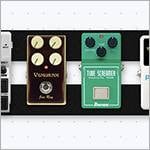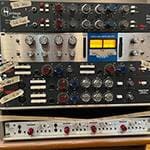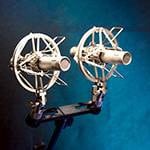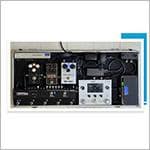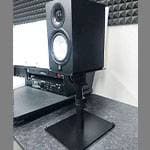Here is a review of the u-he Zebralette3 featuring the groundbreaking vector synthesis. In this article, I will give an overview of the OSC FX section since it can be difficult to understand.
The area I’m referring to is located in the red box in the image below.
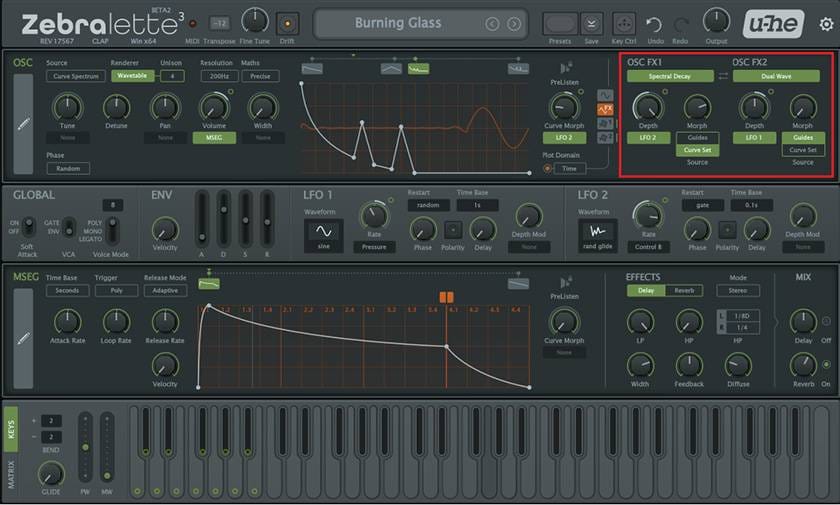
21 Types of OSC FX
OSC FX are powerful oscillator-embedded effects that have been part of Zebralette since the original version. In Zebralette3, the program has expanded into 4 categories with a total of 21 types, and you can use two in series. Internally, OSC FX utilize vector processing, which makes them fundamentally different from typical sample-based effects. They not only serve to interpolate between wavetable positions, but they also enable more advanced sound manipulation.
In fact, understanding what OSC FX can do allows you to simplify the process of shaping vector wavetables. However, many of the names and functions in OSC FX may feel unfamiliar or obscure, making the feature somewhat intimidating at first. Some FX even include functions found in classic digital synthesizers, so a bit of background knowledge may be necessary. Additionally, OSC FX includes many unique, proprietary features that go beyond general synthesizer knowledge.
Unlike the original Zebralette, each effect now comes with its own set of parameters, offering fine-grained control. While it’s not possible to cover all 21 types here, we’ll highlight some of the most notable ones from each category.
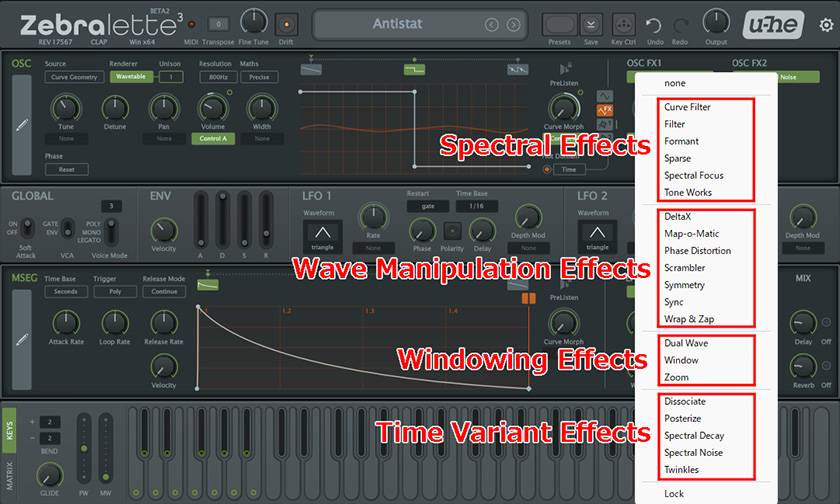
Spectral Effects
This category allows you to manipulate individual harmonics. It includes six types of effects, such as filters (Curve, LPF, HPF, BPF), formant shaping, and even/odd harmonic emphasis. The filters operate digitally with ideal precision. However, since they lack analog-style resonance, they may feel a bit underwhelming when used as traditional synth filters. They’re best thought of as corrective tools.
If you're looking for analog-style filters with resonance, you'll need to use external filter modules. The upcoming Zebra3 is expected to include four instances of Zebralette3 and feature various analog-modelled filters that should fill this gap.
In the example below, a pure sawtooth wave is processed using the Curve Filter, with the cutoff frequency modulated by an LFO. The Curve Filter allows you to draw custom filter curves that offer a high degree of flexibility. It can go far beyond what a conventional filter typically does.
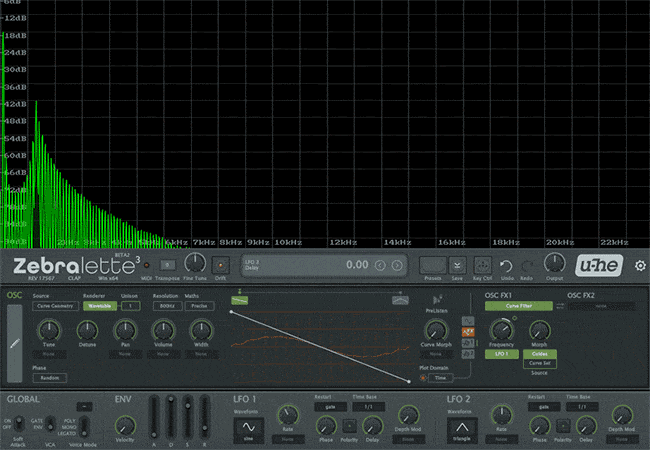
Wave Manipulation Effects
This category directly alters the entire waveform to generate harmonics. In terms of sonic direction, it's capable of modulation that’s reminiscent of Yamaha-style FM synthesis or Casio's Phase Distortion (PD) synthesis. However, it’s also the most difficult category to control.
I won’t go into a detailed explanation here, so if you're unfamiliar with these processes, it's best to focus on the visual shape and character of the waveforms to get a sense of what each effect does. Each effect in this category is deep and complex, so it requires time and focused exploration to fully master.
DeltaX (Yamaha-style FM synthesis)
Below is DeltaX, which closely resembles Yamaha's FM synthesis. At its core, it functions like a 2-operator FM synth, where the carrier is a built-in sine wave, and the modulator waveform can be freely customized.
To overcome the limitations of having just two operators, DeltaX provides optional enhancements. For instance, you can replace the sine wave carrier with other waveforms, and use morphing techniques to easily break beyond traditional FM synthesis boundaries. Additionally, you can swap the roles of carrier and modulator to further expand sonic flexibility.

In the example below, a staircase-shaped waveform is used as the modulator. As a result, the sound starts to deviate from conventional FM characteristics, moving into more experimental territory.

Phase Distortion (Casio PD Synthesis)
Zebralette3 also includes a Phase Distortion effect, directly referencing the Casio PD synthesis, which is often compared to FM synthesis. As with DeltaX, this is a feature that can be difficult to master without understanding its underlying principles.
While we won’t go into full technical detail here, it's important to note that a hidden negative cosine waveform is used as the base, and this waveform is distorted via a user-defined drawing curve.
In the example below, the distortion of the cosine wave is dynamically altered by morphing the curve shape. The number of control points in the curve plays a crucial role in shaping how the phase distortion transitions—a key factor in how the resulting waveform sounds.

Sync
Among the other powerful effects that take advantage of vector-based processing is Sync. This effect is relatively easy to grasp, as the waveform movement is visually intuitive and changes smoothly and geometrically. It allows for dynamic harmonic content with clean transitions, highlighting one of Zebralette3’s unique strengths.

Windowing Effects
This category modifies the waveform using curves, making it visually straightforward and easier to understand, even for those new to wave manipulation. Because the effects operate in a way that's directly tied to a visible curve interface, the results are more predictable and intuitive, which offers a practical entry point for users exploring Zebralette3's more complex synthesis features.
Dual Wave
This function is reminiscent of a feature found in Casio’s PD synthesis that allows two separate waveforms to coexist within a single cycle. In Zebralette3, the inclusion of morphing makes this technique even more expressive. By blending between the two embedded waveforms over time or with modulation, users can achieve unique harmonic transitions and hybrid waveform behaviors that’s not possible in traditional synthesis methods.
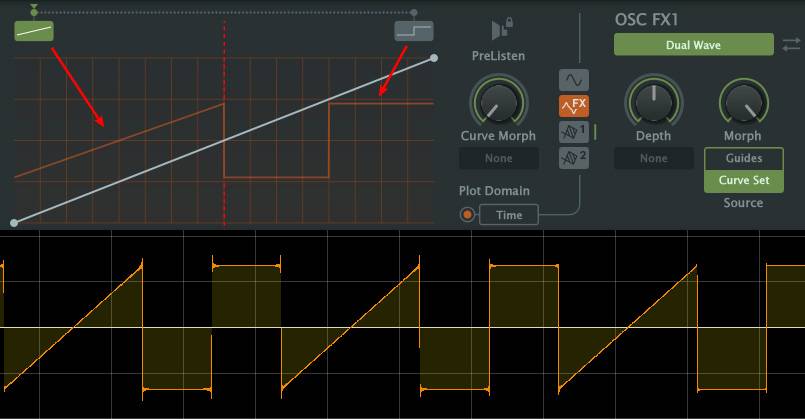
Window
This is another function inherited from Casio’s PD (Phase Distortion) synthesis. It’s worth noting that Urs Heckmann, the founder of u-he, has a strong personal connection to PD synthesis, with his very first synthesizer being the CASIO CZ-1000. That fondness for PD is clearly reflected in Zebralette3’s design.
In the example below, several cycles of a sine wave are embedded inside a sawtooth waveform. Because you can freely design the waveform shape, the level of flexibility is exceptional because it allows for highly custom and dynamic timbres that go well beyond what traditional PD synths can offer.
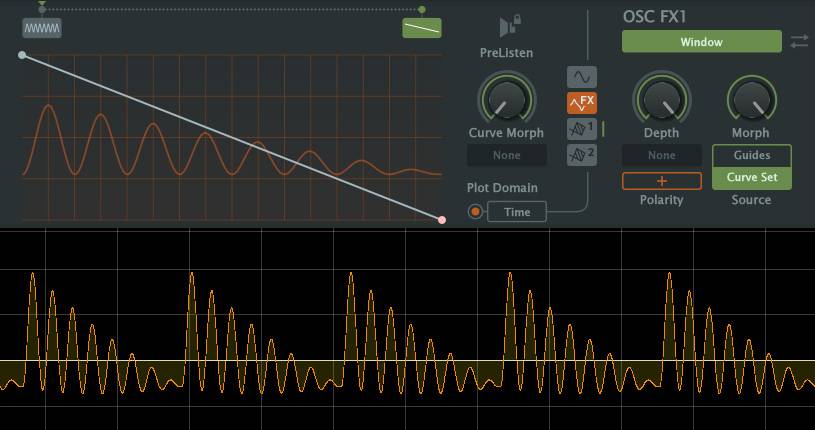
Time Variant Effects
This category is focused on creating animation and motion within the sound. These effects are primarily decorative, which add unique movement and expressiveness to the waveform.
Spectral Decay
This effect allows you to control harmonics over time using a curve. In the example below, it's applied to a sawtooth waveform. While the Morph curve is also shaped like a sawtooth, it functions differently here since its horizontal axis represents frequency, so the curve determines how harmonics decay relative to their frequency.
When sound is played, you'll notice that the rich harmonics of the sawtooth wave decay rapidly, leaving behind a pure sine wave. This creates a dynamic and evolving timbre that also demonstrates the unique time-dependent spectral shaping that Spectral Decay provides.
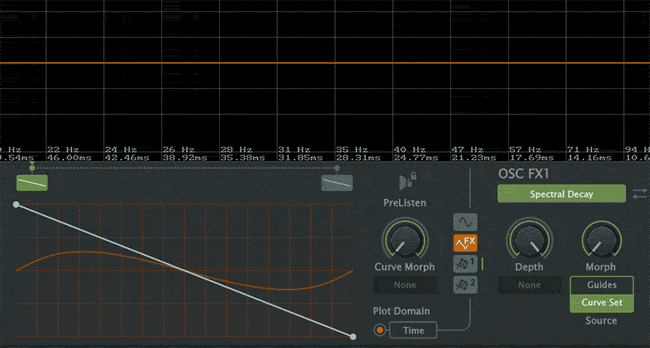
Twinkles
The final effect I want to talk about is one of the rare u-he effects that is easy to use and has a clear, noticeable impact. It adds a wind chime-like decorative sparkle to any waveform. Here, it’s applied to a sine wave, which normally lacks harmonics.

Next time, we will be covering Zebralette3’s unique features: MSEG and the modulation matrix.
The “sound & person” column is made up of contributions from you.
For details about contributing, click here.






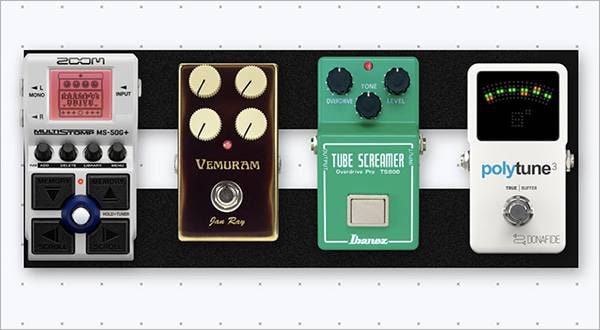
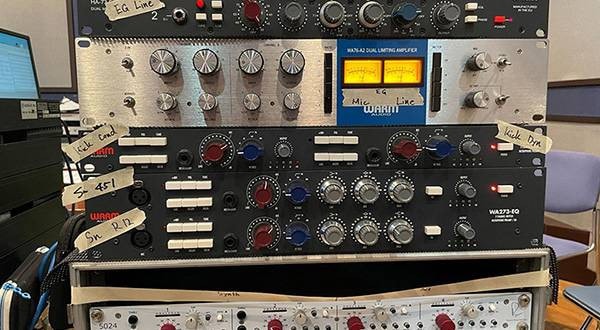

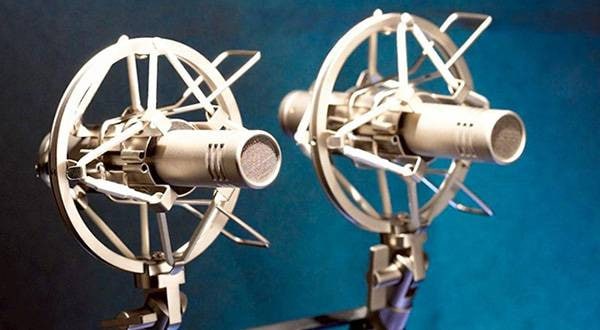
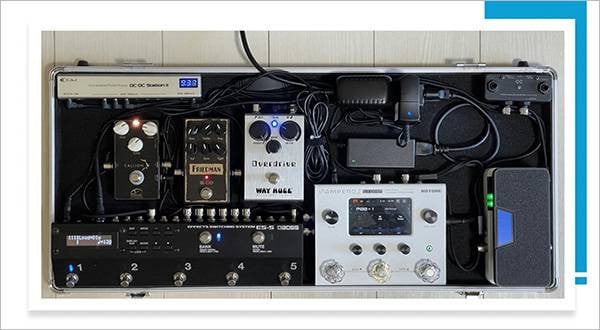
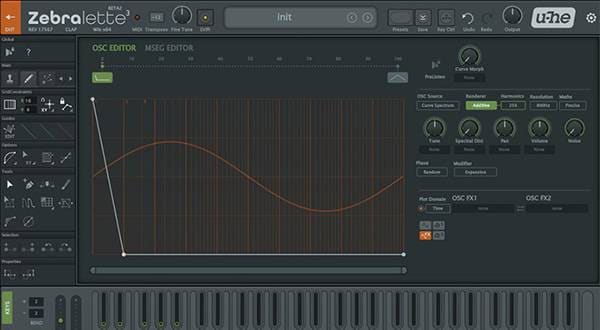

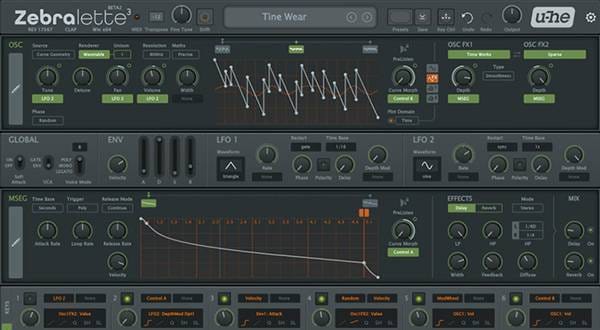



 厳選!人気のおすすめオーディオインターフェイス特集
厳選!人気のおすすめオーディオインターフェイス特集
 DTMセール情報まとめ
DTMセール情報まとめ
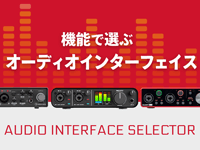 機能で選ぶ オーディオインターフェイス
機能で選ぶ オーディオインターフェイス
 CUBASE 製品比較表
CUBASE 製品比較表
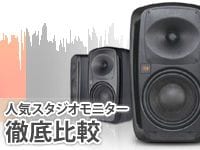 人気スタジオモニター徹底比較
人気スタジオモニター徹底比較
 DTM・DAW購入ガイド
DTM・DAW購入ガイド
